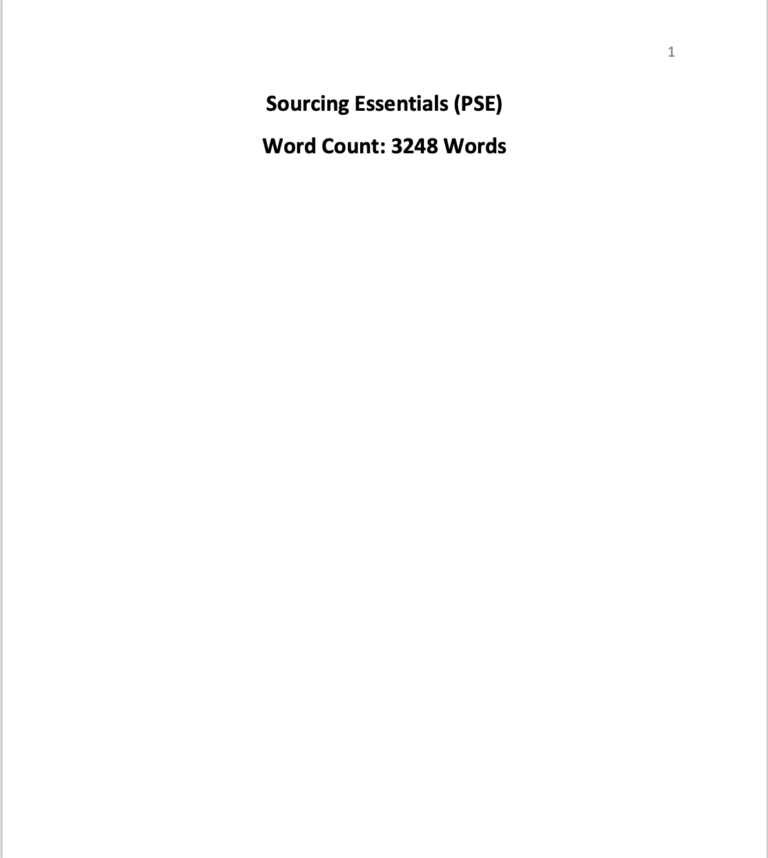Description
Solution
2.3 Working Inclusively and Biulding Positive Relationships at Work
Working Inclusively:
In my approach to working inclusively, I prioritize valuing each person as an individual and recognizing the importance of diversity in our team. I actively seek out and listen to diverse views and opinions, ensuring that everyone feels heard and respected. One of the methods I use is creating an open environment where team members feel comfortable sharing their ideas and perspectives. I have received feedback from a colleague who highlighted my ability to make everyone feel included during meetings. They mentioned that I consistently ensure that quieter voices are encouraged to contribute, which helps in creating a balanced discussion. Reflecting on this, I recognize that my efforts to foster inclusivity have positively impacted our team’s dynamics, making collaboration more effective. However, I also realize that I could improve by being more proactive in reaching out to individuals outside of formal meetings to gather their insights.
Building Positive Working Relationships:
Building positive working relationships is another area where I focus on creating trust and providing support when needed. I believe that mutual respect and understanding are the foundations of strong relationships. I make it a point to show appreciation for my colleagues’ contributions and offer help whenever someone faces challenges. Feedback from a team member mentioned my approachability and willingness to assist, which they felt contributed to a more supportive and collaborative environment. Reflecting on this feedback, I recognize that my approach to building positive relationships has been effective in fostering a strong sense of teamwork. However, I also acknowledge that I can further enhance these relationships by being more consistent in providing feedback and recognition, not just when things are going well, but also when there’s room for improvement.
Please click the following icon to access this assessment in full
Related Papers
(Solution) CIPS TAQA Water Solutions Sourcing Essentials (PSE)
(Solution) CIPD opportunities for and barriers to HR sustaining effective employment relationships during these turbulent times
(Solution) CIPS Sourcing Essentials Assessment
- In this assessment, sourcing approaches have been identified and holistically reviewed. This is in line with RCU organisation IT spend category. This is further compared with payment services, document management category which is office suppliers and postal services.
- For evaluating the identified spend categories, various tools have been selected which are Kraljic Analysis Tool, Mendelow’s Analysis Tool for Stakeholder analysis and the Maslow Hierarchy of needs.
- Further, by using the SWOT analysis, the internal and external factors of the sourcing have been selected. A further analysis by use of Peter Block Grid’s has been applied to evaluate the interests of stakeholders to source appropriate position.
- The findings indicate that RCU adopts the best sourcing approach based on their needs.
- Finally, by using Carter’s 10Cs model, the best practice for pursuing suppliers appraisal has been provided for IT spend category.
(Solution) 70S05 Question 2 (AC 2.3) Fitter Threads Ltd managers relocating to Bangladesh, India and Vietnam
(Solution) CIPS APGLM Organisation Sources of Power
(Solution) CIPS MER Practice role in Positive Contribution to Organisational Success
- It is unclear on how collaborative relationships is achieved in the supply chain since there are multiple stakeholders with varying interests. There is hence a need for embracing technology to enhance how the relationship with all stakeholders is pursued
- The global supply chain success is impacted by external events. This creates inefficiencies in the supply chain. These could be managed by putting in place appropriate systems for increasing value for money outcomes in times of uncertainties.
- Engagement of colleagues and other internal stakeholders for promoting organisation commitment to achievement of effective supply chain management is unclear. It is hence important to consistently improve the scope of engagement for improving consistency in value for money outcomes, fair-based practice and innovation embrace



